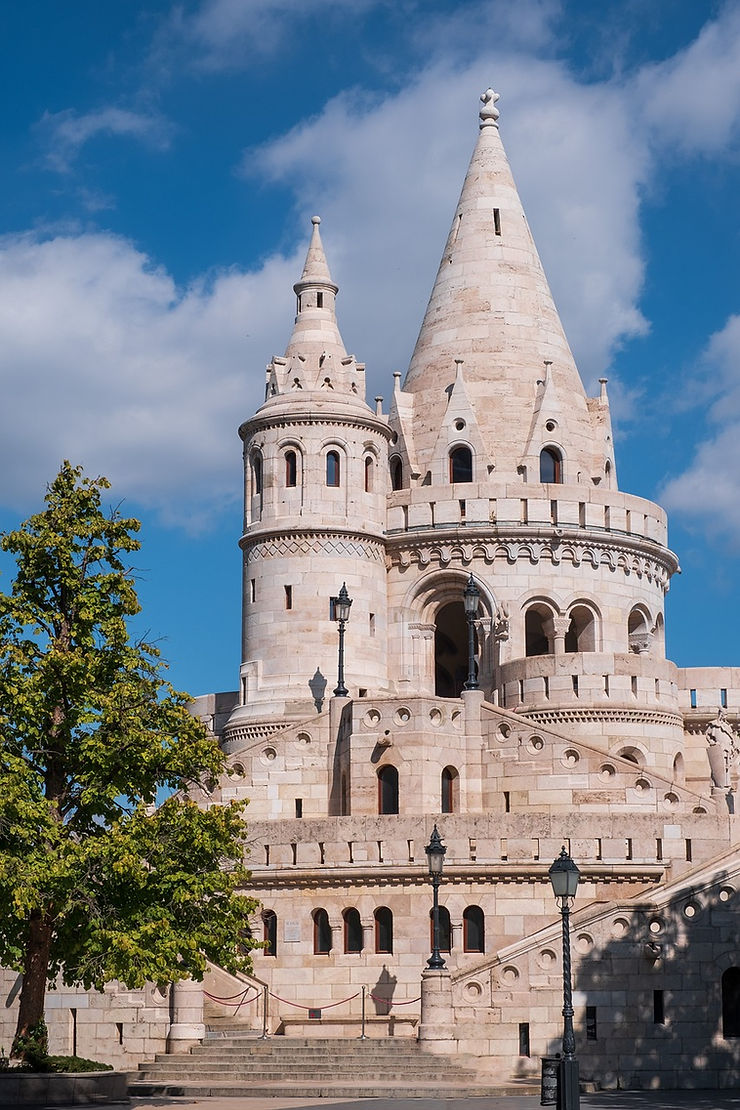Explore the Wonders of Budapest: Highlights for an Enchanting Visit
- William Robison

- Dec 30, 2024
- 3 min read
Budapest, often called the "Pearl of the Danube," is a captivating destination that enchants visitors with its rich history, architectural splendor, and cultural treasures. Divided by the Danube River, the city consists of two distinct halves: Buda and Pest. Each side offers unique experiences, and together, they create a vibrant port of call that river cruisers shouldn’t miss. Here’s why Budapest deserves a spot on your travel bucket list.
Buda: The Historic and Scenic Side
Perched on the western bank of the Danube, Buda is the hilly, tranquil side of Budapest. It’s steeped in history and offers some of the city’s most iconic landmarks and breathtaking views.
Highlights of Buda:

Buda Castle: This UNESCO World Heritage Site houses the Hungarian National Gallery and the Budapest History Museum. Stroll through its courtyards and take in panoramic views of Pest and the Danube.
Gellért Hill: Home to the Liberty Statue and the Citadella, this hill offers sweeping vistas of the city. It’s also where you’ll find the Hospital in the Rock, a fascinating underground medical clinic-turned-museum.

Thermal Baths: Buda boasts famous thermal baths like the Gellért Thermal Bath, a haven for relaxation and rejuvenation.
Pest: The Bustling and Vibrant Side
On the eastern bank lies Pest, the flat, energetic heart of Budapest. It’s known for its lively atmosphere, cultural landmarks, and buzzing nightlife.
Highlights of Pest:
Jewish Quarter: This historic district is home to the Great Synagogue, the largest in Europe, as well as vibrant ruin bars, trendy cafes, and rich cultural history.

Parliament Building: One of Budapest’s most recognizable landmarks, this neo-Gothic masterpiece sits along the Danube and is stunning to see by day or lit up at night.

Shopping and Dining: Pest offers countless opportunities to explore local markets, indulge in Hungarian cuisine, and enjoy a glass of Tokaji wine.
Buda vs. Pest: What Makes Them Unique?
Feature | Buda | Pest |
Geography | Hilly and green | Flat and urban |
Main Attractions | Buda Castle, Gellért Hill, Thermal Baths | Jewish Quarter, Parliament, Ruin Bars |
Atmosphere | Quiet, historic, scenic | Vibrant, lively, cosmopolitan |
Cultural Highlights | Hospital in the Rock, Liberty Statue | Great Synagogue, vibrant nightlife |
Why Budapest Is a Perfect River Cruise Destination
Budapest’s location at the crossroads of Central Europe makes it an essential stop on Danube River cruises. Here’s why it’s such a standout:
Stunning Arrival: As your river cruise ship sails into Budapest, you’ll be greeted by iconic views of the Parliament Building, Chain Bridge, and Buda Castle.
Rich History: Budapest’s layers of history—from Roman times to modern-day—are evident in every corner.
Relaxation Opportunities: Whether soaking in a thermal bath or enjoying a leisurely stroll along the Danube Promenade, Budapest offers a perfect blend of exploration and relaxation.
Cultural Experiences: From classical concerts to traditional Hungarian feasts, Budapest provides a deep dive into local culture.
Did You Know?

Rudi Schreiner, the co-founder of AmaWaterways, is originally from Vienna, Austria, but he played a key role in developing Danube River cruises that prominently feature Budapest. His deep love for the region is reflected in the carefully curated itineraries that highlight the best of this enchanting city.
Plan Your Visit to Budapest
Budapest is more than just a stop on your river cruise—it’s a destination that leaves a lasting impression. Whether you’re wandering the cobblestone streets of Buda, marveling at the architectural wonders of Pest, or simply savoring a chimney cake by the Danube, you’ll find magic at every turn.
Ready to explore Budapest? Let’s make 2025 the year of unforgettable travel experiences. Whether you’re planning your first river cruise or your next great adventure, Budapest is waiting to welcome you. Personally, we spent 3 days in Budapest, and it was barely enough.

Comments